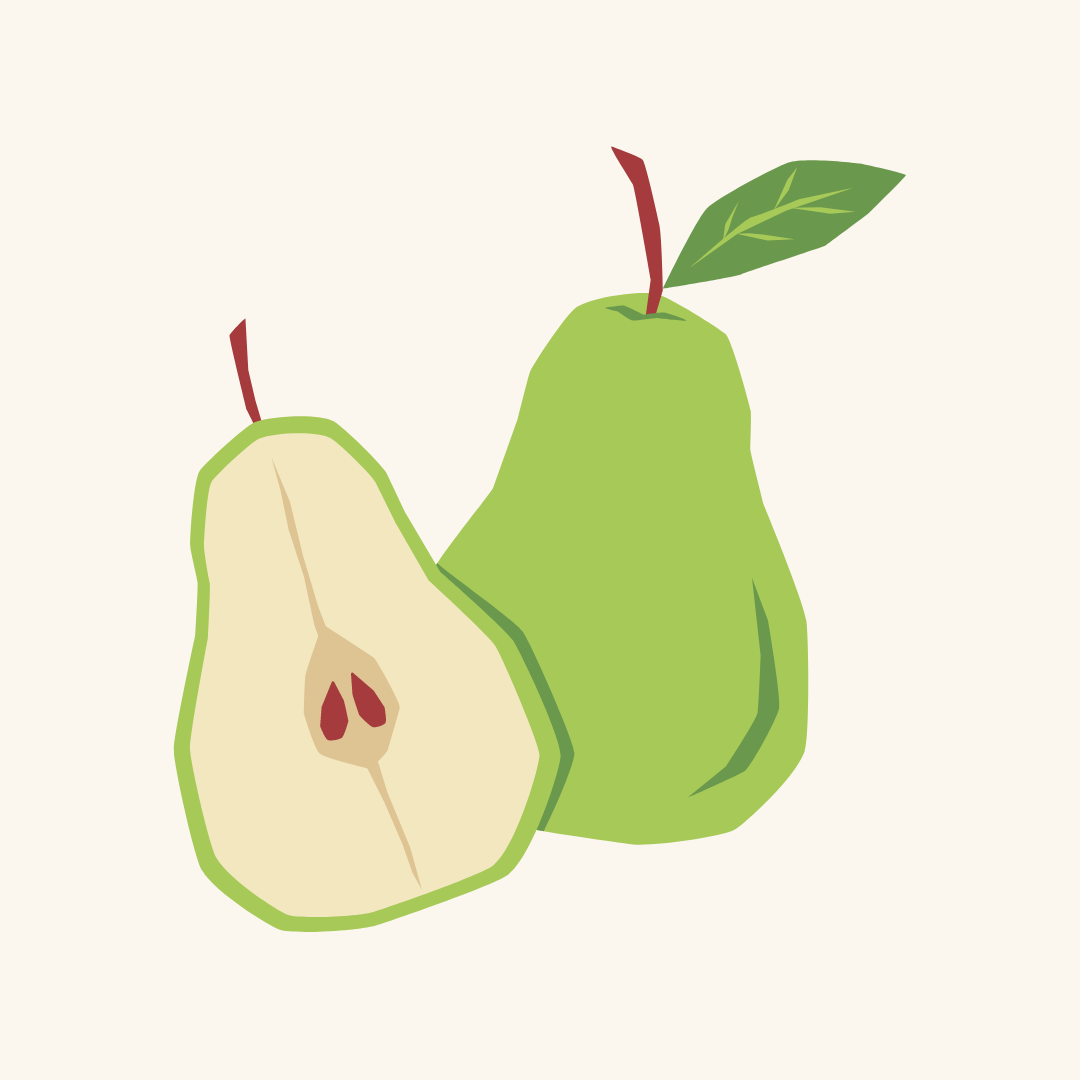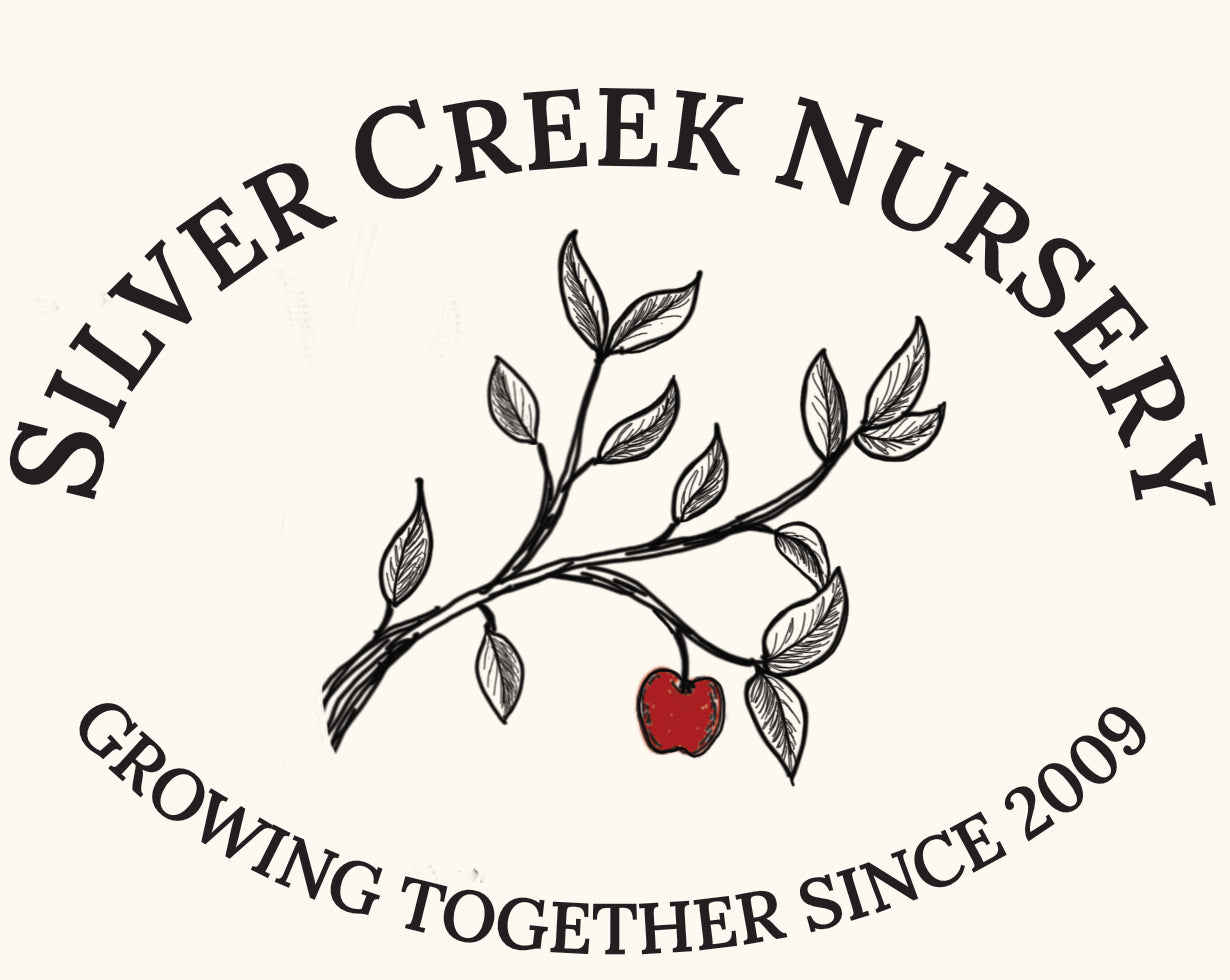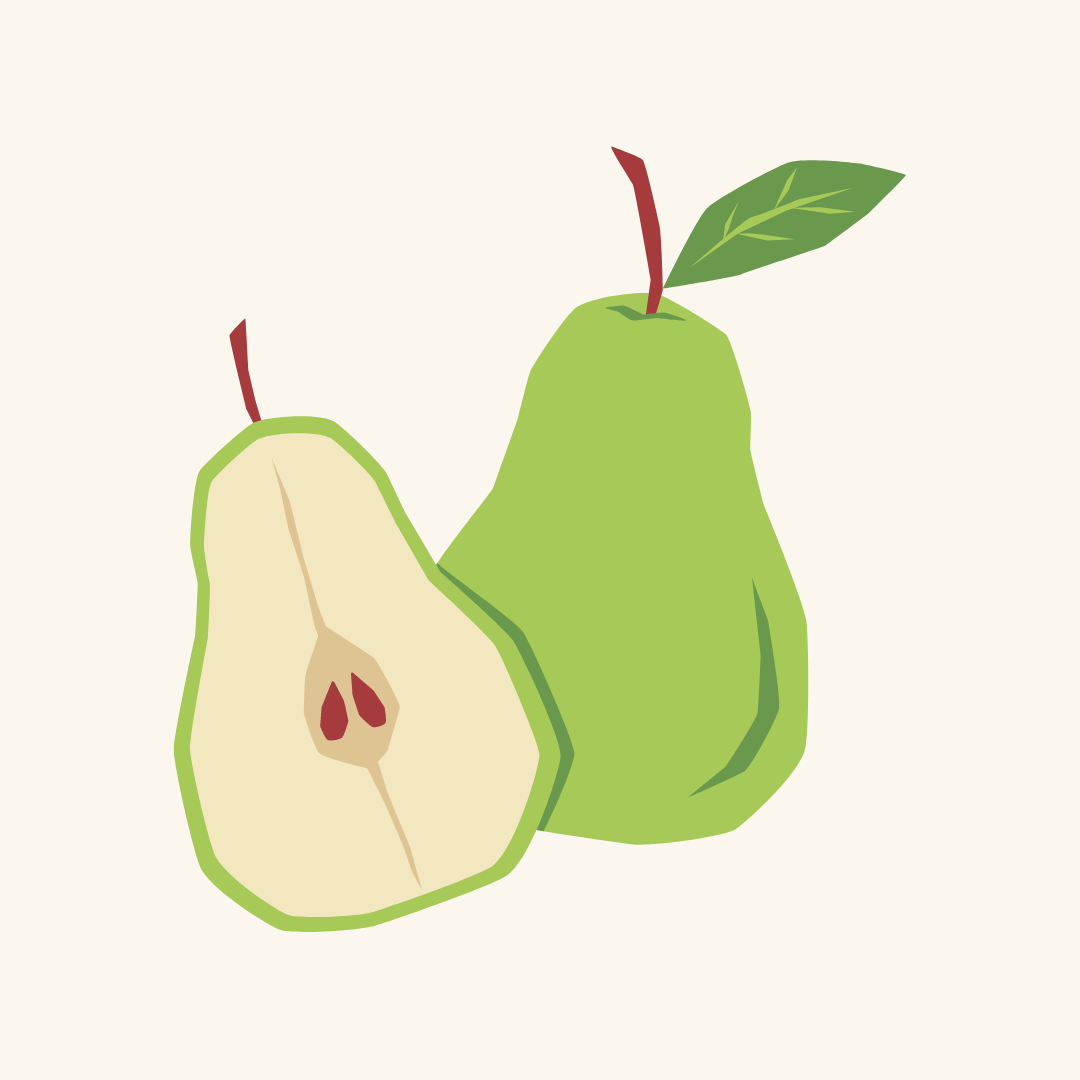Silver Creek Nursery Ltd.
Butt Pear
Butt Pear
History: Believed to have been seeded in the 1700s, this pear was commonly grown in the area around Norton in England. Norton may be its place of origin which would explain its other common name, Norton Butt. Its interesting name could refer to a wooden cask but it was also a common surname in the area, so it may be named after the person who originally planted or discovered it. Despite its hazy origins, Butt was historically a popular variety for perry and remains so today. There is even an old saying about this variety: "Gather ye your Butts one year, mill them the next, and drink the year after."
Why We Grow It: It's hard to turn down a variety with such a name! On top of that, Butt produces a small greenish-yellow pear that makes a good quality juice. The fruit keeps exceptionally well for a perry pear and the tree boasts decent vigour.
Fruit Specs
Fruit Specs
Recommended Use: Perry
Fruit Size: Small
Storage: Keeps until January when stored in cool, humid conditions
Harvest: November - Early
Perry Class: Class: Bittersharp
Acidity: Medium to High, TA >4.5 g/L
Tannins: Medium to High, >2 g/L
Taste: Astringent and fruity, average/good quality juice
Growing Specs
Growing Specs
Canadian Hardiness Zone: 5
Soil Preference: Sandy loam, loam, clay loam. Prefers average to moist conditions with well-drained soils, avoid planting anywhere that floods for more than two weeks in the spring.
Flowering Time: Middle
Bloom Colour: White
Pollination Requirements: Requires a pollinator of a different pear variety (European or Asian) that blooms around the same time
Sun/Shade Requirements:
Full sun (approx. 8-10 hours of sun daily)
General Growth Habits:
Moderately vigorous with a spreading growth habit, tends to be droopy or floppy, tends to bear fruit every other year but has good crops when it does. Slightly susceptible to scab.
Shipping vs. Pick Up
Shipping vs. Pick Up
CLICK HERE to see how shipping compares to pick up.
Shipping: Every year we ship thousands of trees across Canada (except BC due to CFIA regulations). We carefully bag roots in damp sawdust, then box them and send them out via courrier. CLICK HERE to see our shipping policy.
Pick-up: We also have thousands of trees picked up from our nursery each year. The pick-up options is free, though you must wait until you have been emailed a confirmation that your order is ready to pick up, which will have further information such as hours, locations, etc. We really appreciate if you can make an appointment to pick up, then we can be as organized as possible during our busy season.
Size at Purchase
Size at Purchase
Our grafted fruit trees are graded into three categories, and the size includes the rootstock:
- 50-80cm whip: may have some minor branching, this grade is like a "b-grade" size tree in industry standards; we include in this price category trees that are over 1m but have some scarring or mild crookedness.
- 1m+ whip: may have some minor branching, aka feathering. This is like a typical one-year whip in industry standards.
- 1m+ branched: these trees must be over a meter and have 3 or more branches 30cm or longer, as well as a central leader. They are essentially a two-year tree in industry standards.
- For stone fruits only - 1m+ whip/branched: We have combined these grades based on the way these trees grow and are grafted. Plums, apricots, cherries, and peaches naturally tend to grow more vigorously compared to apples and are more likely to form larger trees with more branches. However, we only chip bud them so they are a one-year old tree by industry standards. Apples and pears are partially bench grafted, and using the knip-boom method the grading becomes more complicated, hence the reason they are split into different grades.

Orders that are cancelled last minute due to size (being "to small"), will still incur the applicable cancellation fees if the trees are true to our grading standards as per the agreement of sale when the order was placed.
Couldn't load pickup availability
Share


